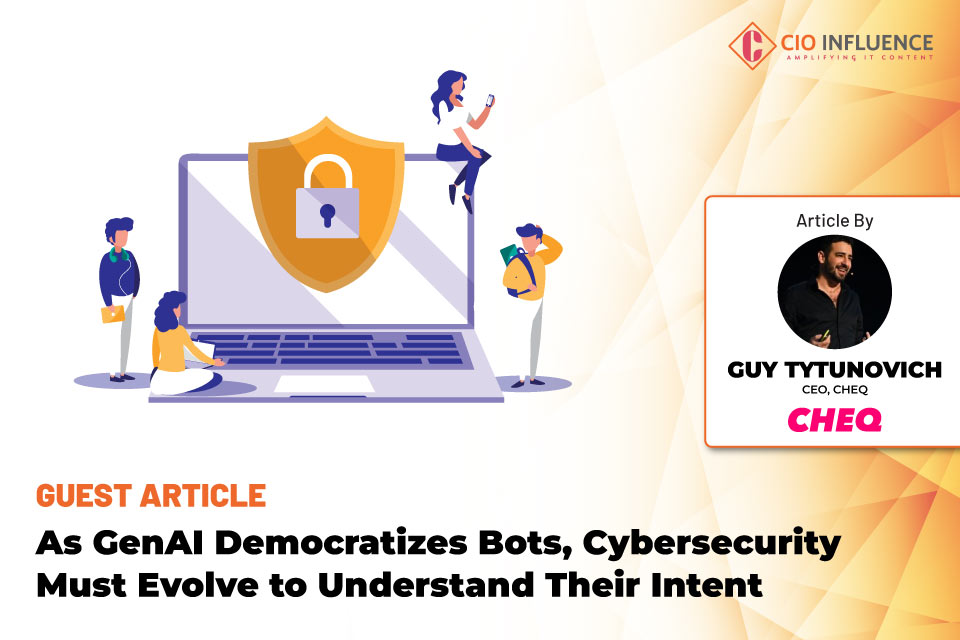Coming out of Dreamforce 2024, the spotlight was on AI-powered Agents and their wide-ranging uses by both consumers and businesses. These AI agents have wide-reaching capabilities ranging from managing flights, hotels, shopping, and dining, to processing legal RFPs, ordering office supplies, responding to real-time customer inquiries, and more. With so many applicable uses for AI-powered agents businesses and consumers alike have to determine which are right for them and the specific tasks they need accomplished. The right AI provides greater convenience —but also has significant implications in how restaurants, airlines, email recipients, etc., protect against the threat of fraud in their go-to-market operations.
AI agents are increasingly performing a variety of legitimate functions at both the consumer and enterprise levels. This marks a stark shift from just a few years ago when bots performing such tasks were often assumed to be fraudulent. According to Gartner, by 2026, machine customers—AI-driven bots and virtual assistants—are expected to manage $1.9 trillion in business transactions globally, a testament to their growing role in everyday business operations. This integration means that bots are no longer solely tools of cyber criminals but have become essential components in driving business efficiency and innovation.
Also Read: Is it Possible to Become Unhackable?
Cybersecurity efforts have historically focused on distinguishing between human actions and bots’ actions. However, this distinction has become increasingly blurred with AI enabling the creation of sophisticated bots that perform legitimate business tasks on behalf of real humans. It’s no longer enough to simply recognize bots – cybersecurity tools must now go further and understand their intent.
Good Bot, Bad Bot: The Shift to Intent-Based Detection
Intent-based detection focuses on the underlying purpose of actions rather than the tools used. This approach involves analyzing behavioral patterns and contextual indicators to differentiate between benign and malicious activities. Detecting intent requires scrutinizing user interactions, access patterns, and the context of activities to uncover nefarious intentions. However, this method does not operate in isolation but integrates with other critical detection layers.
The implementation of intent-based detection integrates several sophisticated methodologies. Behavioral analytics is crucial, as it involves collecting and analyzing data on user interactions, such as login times, access frequency, and typical usage patterns. For example, an AI assistant accessing sensitive data outside of normal business hours might signal a potential threat. However, collecting and analyzing this data must comply with privacy regulations, which often limit the scope of data collection and usage.
Contextual analysis enhances the understanding of the environment in which actions occur. By examining factors such as location data, device type, and network conditions, cybersecurity systems can determine whether an action aligns with legitimate use. Anomalies, such as accessing corporate resources from an unexpected location, can indicate a security threat.
The integration of these methodologies underscores the need for a cohesive approach to intent-based detection. As these advanced systems operate within the legal frameworks designed to protect personal data, they must ensure that security measures and privacy protections are not mutually exclusive but rather complementary. Beyond compliance, businesses must be prepared to identify and streamline the experience for legitimate users, ensuring that cybersecurity measures do not inadvertently block or prevent potential buyers while safeguarding against AI agents with malevolent aims.
The Role of Privacy Regulations
Advanced systems designed for intent detection must interact closely with privacy regulations. Current privacy laws, such as GDPR and CCPA, emphasize protecting personal data, which can conflict with the extensive data analysis required for effective intent detection. These regulations often restrict the extent to which data can be collected, stored, and analyzed, potentially limiting the ability of AI systems to gather the necessary contextual information to accurately assess intent.
Also Read: A Comprehensive Guide to DDoS Protection Strategies for Modern Enterprises
For instance, GDPR mandates that personal data must be collected for specified, explicit, and legitimate purposes and not further processed in a manner incompatible with those purposes. This can complicate deploying AI systems that must continuously analyze and adapt to new behavioral patterns to detect malicious intent effectively. Moreover, privacy laws often require user consent for data processing activities, adding another layer of complexity to intent detection practices. However, these regulations largely overlook the implications of AI, particularly when it comes to AI agents. A bot, for example, cannot legitimately consent, and some bots attempt to do so with scraped information or malicious intent. Conversely, legitimate AI agents operating within these frameworks face ambiguity, as there is no clear standard on how they should be treated from a privacy perspective.
The debate around privacy is often centered around its impact on targeted advertising and modern digital publishing. However, the proliferation of AI agents—and the corresponding impacts on cybersecurity—highlight that behavioral data is crucial for much more than advertising. Understanding behavioral data is fundamental for identifying malicious activities and protecting against advanced threats. Regulators must also educate themselves on these nuances and address the gaps in privacy laws concerning AI’s role.


